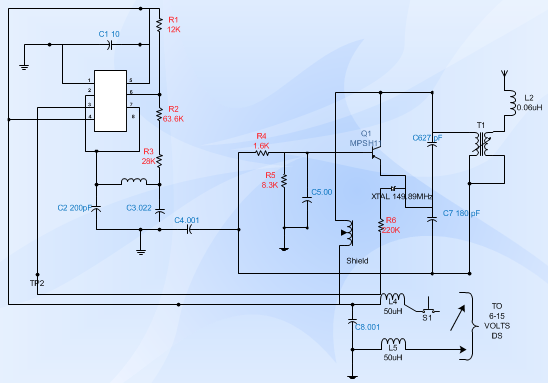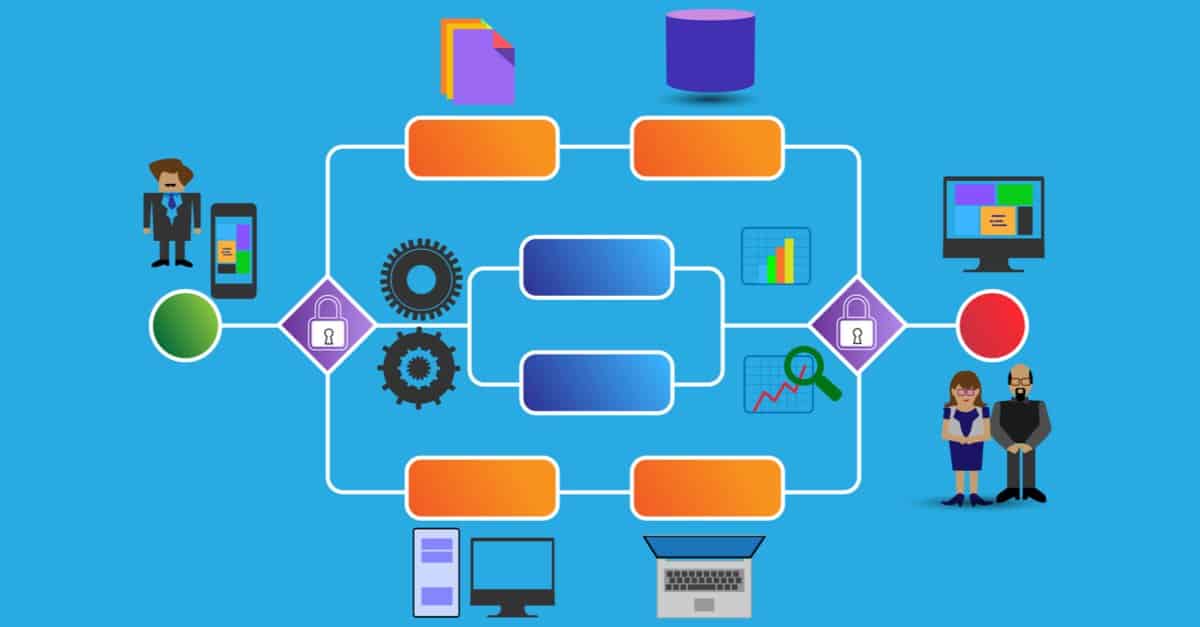

Nowadays, EPC diagram is used for resource planning and to identify possible opportunities for business process improvement. Even though being the type of flowchart, EPC diagram gain ample popularity because of its occurrence in the configuration and implementation of SAP system especially Enterprise Resource Planning (ERP). Regardless of flexibility in modeling, UML is not popular among business analyst because of its semblance and multiplicity nature.ĮPC diagram, short form for Event-driven Process chain diagram, is deliberated as a type of flowchart. In the business profession, UML is considered as a powerful, flexible, and object-oriented technique to describe the detailed logic of business rules.
BUSINESS PROCESS MODELLING BASICS SOFTWARE
In a software system, UML diagram is used for specifications, development, visualization, and documentation. UML (Unified Modeling Language) activity diagram represents logic or detailed logic of business rules which applied basically in business or software-based system domain. Flowcharts mainly used for software engineering but its simple nature attracts many managers and business developers to implement it in some administrative use as well. But due to lack of support for the breakdown of activities, the flowchart has limited usage. As a most popular diagramming type, flowchart has simple symbols that can easily understand by users. Below discussed types are leading modeling techniques that many organizations have been using a process management tool to improve their business process performance.Ī flow chart diagram represents the flow of control or algorithm during the course of the process, showing step by step sketch of various activities and their order by simple arrow connection. These languages are primarily used to describe operational workflow so many can easily understand, analyze and do positive changes via improvement in the process. But at present few of them are widely used because of their expressiveness and functional behavior. Flowchart, UML (Unified Modeling Language) diagram, EPC (Event-driven Process Chain), Petri Net, IDEF (Integration Definition for Function Modeling), DFD (Data Flow Diagram), RAD (Role Activity Diagram), YAWL (Yet Another Workflow Language), BPMN (Business Process Modeling Notation) are few commonly used examples of process-oriented modeling techniques. Varieties of modeling languages have long been used for describing processes. Besides the description, process modeling aims to enable company employees for a better understanding of operation workflow amongst each other and to streamline the process. These process models are used for analysis and improvement and executed for further optimization.

īusiness process models are differentiated into two types So the focus should be on differentiating value-added activities and improve them to reduce cost and time efforts, and ultimately to make customer experience and service better. The output of any business process diagram is considered as an improvement opportunity for any organization in the way their operation works. For SAP PLM or any other management application, depending upon modeling objectives, different process perspectives are considered to select best suitable modeling methodology and a tool that can fulfill current and future business requirements.īusiness process modeling is a tool to describe the end-to-end business process and not a performance output. To get overcome the above problem, comparative analysis of most usable modeling techniques is required. There are many modeling techniques available in the market, and selection is not easy as the company needs to understand which technique is suitable for the business environment and most importantly it can be easily understood by company staffs.
BUSINESS PROCESS MODELLING BASICS FULL
Hence, in order to get full benefits of process modeling, the employee should handle process modeling appropriately. It is apparent that for the accomplishment of any process model, employees are the main reason. Nevertheless, process modeling requires a considerable asset in terms of suitable methodology, tool and lastly training guidelines to model any business processes. Nowadays, business process modeling has been considered as a fundamental approach towards process management that benefits organization to remain efficient and competitive in the dynamic market.


 0 kommentar(er)
0 kommentar(er)
